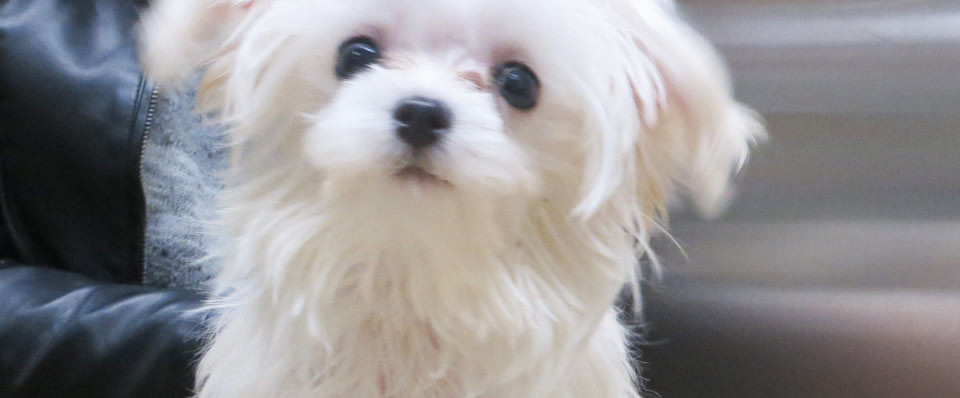Here at Martensville Veterinary hospital, we take the safety and comfort of your pet under all types of anesthesia very seriously. Each patient undergoing anesthesia has an individually tailored drug protocol based on their species, temperament, age, breed, health status, and the procedure which they are undergoing. We can also use bloodwork, radiographs or laboratory tests to tailor our protocol specifically for your pet. All patients are monitored carefully and are given pain medication before, during and after their procedure.
GENERAL ANESTHESIA
At our vet clinic, each patient undergoing anesthesia has an individually tailored drug protocol based on their species, breed, temperament, lifestage, previous history, health status, and the procedure which they are undergoing. We use bloodwork, radiographs and or other laboratory tests to further tailor our protocol specifically for your pet and make the procedure even safer. All patients are given pain medication before, during and after general anesthesia. Treating pain early and aggressively has been shown to improve safety during anesthesia, speed healing time and improve the overall outcome and return to function following surgery. All dog spay, cat spay, dog neuter, abdominal, orthopedic and dental surgery patients receive an intravenous catheter (IV) with a fresh sterile fluid line. IV fluids help keep blood pressure stable and provide rapid IV access if it is required. All team members at Martensville Veterinary Hospital have to goal of providing the best and safest surgery for your dog, cat, rabbit or other beloved pet! We prove it to you by being AAHA accredited and following their extensive guidelines for anesthesia.
Each patient at our vet hospital also has one or more registered veterinary tehnologists (rVT) dedicated to your pet’s anesthetic monitoring. Although we have sophisticatedmonitoring equipment, nothing beats a highly trained VT -veterinarian team! The VT is a pet health expert that is with your pet from induction (initiation of anesthesia) right through to their recovery. Once your pet has recovered, the rVT that has been with your pet will give you a call and let you know how the procedure went. They will include their card on your discharge sheet- if additional questions come up at home you will know both the veterinarian and the rVT that know your pet best.
We begin general anesthetic procedures by administering a combination of medications to help your pet relax, decrease anxiety and treat pain before it occurs. By using a combination of drugs and using them early, we can keep the dose of each drug lower, and this means we also keep the rate of negative side effects lower than if higher doses are used. We have many choices of medication, so we can choose ones that are appropriate for your pet– for example if your pet has kidney insufficiency but requires surgery, we can choose a medication that goes through the liver rather than the kidney. The veterinarians at Martensville Veterinary Hospital- Dr. Stewart, Dr. Ward and Dr. Ward- all have additional training in anesthesia, pain management and surgery.
Once your pet is relaxed, we place a catheter in their leg vein. This will be used to deliver intravenous fluids during the procedure to help keep blood pressure up and support the organs. It also allows instant access for emergency drugs if they are required, and we can use it to deliver continuous pain medications during painful procedures (like a fracture repair or foreign body surgery). Almost all surgeries we perform include an intravenous catheter and a fresh sterile fluid bag- including all dog spays, cat spays, dog neuters, dog and cat dental cleanings and dental surgery, as well as all orthopedic and abdominal surgeries. All pets that are sedated also have all the emergency drugs doses calculated and attached to their file before the procedure is started. We then administer an intravenous drug (usually propofol) to provide complete anesthesia, place a breathing tube into the patient’s windpipe and hook them up to the various monitors. Your pet is placed on a hot water circulating heating mat and covered with blankets to keep them warm and comfortable. Your pet will remain this way- warm, comfortable and pain-free for their general anesthetic procedure. To maintain the state of anesthesia, we deliver a gas anesthetic (isoflurane) in combination with oxygen through the breathing tube.
By using combinations of high quality medications tailored to your pet, preanesthetic tests (like bloodwork and radiographs), treating pain and anxiety before they occur, careful monitoring, the animal hospital in Martensville makes anesthesia as safe as possible for your pet.
LOCAL ANESTHESIA
At our animal clinic in Martensville, veterinarians use a variety of local anesthetic techniques during routine procedures to help minimize pain and reduce the amount of gas anesthesia required, keeping your pet safer, and more comfortable than when no local anesthesia is used. For example, we use local nerve blocks prior to all dental extractions. On occasion, if your pet is very calm and the problem is superficial and minor, we may be able to use a sedative pain medication and a local, or local anesthesia alone. For example some abscess flushes or skin suturing can be done in this manner.
Even when local anesthesia alone is used, our veterinarians at Martensville Veterinary Hospital still focus on providing a safe, pain free procedure by the use of careful monitoring, high quality pain control and adhering to the highest AAHA standards. We would be happy to discuss any of your questions or concerns about local anesthesia, general anesthesia, dog and cat spaying or neutering or other surgical procedures at your next appointment.





